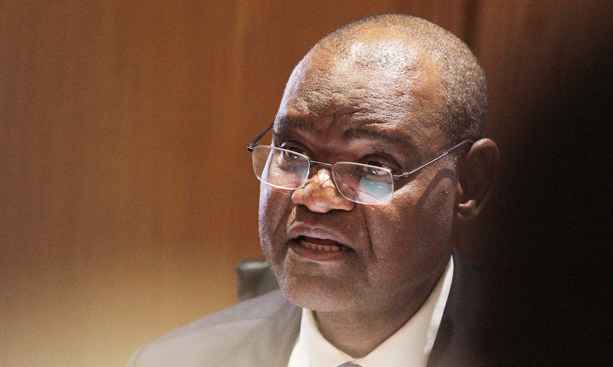The central bank, Bank of Botswana (BoB), has disclosed in its annual December 2020 Household Indebtedness Survey that the total household debt amounted to P50.7 billion as of December 2019.
BoB survey has shown that the banks are the most owed comprising 88.6% of the loans.
Other debts, microlenders loans (9.4%), hire purchase credit (1.3 %) and SACCOS loans (0.6 %).
“As a percent of the GDP, total household debt was 25.8 percent in the same period. Generally, banks and micro lenders viewed the outlook for demand for credit to be moderate, while hire purchase stores expected it to be generally low in 2020,” BoB underscored on its latest survey.
The P100 billion Butterfly wild goose chase
The economic experts have cautioned that the high level of the household indebtedness could keep on expanding as bank borrowing rates has been reduced; hence debt can go up this year.
Most worrying for the economists is that the banks account for the highest percentage of debt therefore this could have a negative impact on their coffers post the pandemic.
BoB positive on economic prospects
“Borrowing is for obvious reasons good for the economy of our calibre which is characterised by high inequalities in wages. BoB has cut the bank rate by 50 basis points bringing the rate to 3.75% from 4.25% and this spurred more borrowing adding to current debt,” said an economics lecturer at the University of Botswana.
Central bank Governor Moses Pelaelo has declared that the slashing of the bank rate was to boost economic activity in the back drop of Covid-19 which has curtailed economic activity.
BoB also concurs that general expansion in borrowing by households is supportive of economic growth mainly through consumption spending and acquisition of high value assets such as the property (housing) and other income-generating assets (livestock) but warned of risks as well.
“However, there can be an increase in the financial risks when the increasingly higher rates of household credit growth are not supported by a commensurate increase in personal incomes, wealth accumulation or such credit does not generate a rise in welfare,” the bank cautioned.
According to the survey, risks are particularly elevated when financial conditions swiftly tighten.
“For example, a sharp increase in the interest rates or financing costs that adversely affect the ability of borrowers to continue to meet the repayment obligations in a sustainable manner. Risks emanating from high levels of household leverage are usually more pronounced in a developed countries than in the emerging markets and developing economies (EMDEs),” BoB buttressed.
This is due to relatively lower average household debt and limited participation in the credit markets in EMDEs and in general financial sectors of EMDEs is small than size of the economy.
So the ratio of household debt to Gross Domestic Product is similarly low, as is the case in Botswana. Household debt refers to a loan or credit acquired, or debt incurred for a variety of purposes for personal use.
Overall, the banks and micro-lenders generally viewed the outlook for demand for credit to be moderate, while on other hand hire purchase stores expected it to be generally lower in 2020.
“On average, 25 percent of both banks and microlenders expected demand for credit to be high in 2020 on the backdrop of the increase in Government employee salaries and the reduction in the Bank Rate. On the other hand, 50 percent of microlenders, 42 percent of banks, 27 percent of SACCOS and 25 percent of hire purchase stores expected demand for credit to be moderate in 2020,” BoB stated on the findings of the survey regarding demand for credit on 2020 outlook.
In addition, the survey stated that banks explained that their moderate outlook for demand for credit is informed mainly by their intention to grow the loan book, particularly secured lending.
